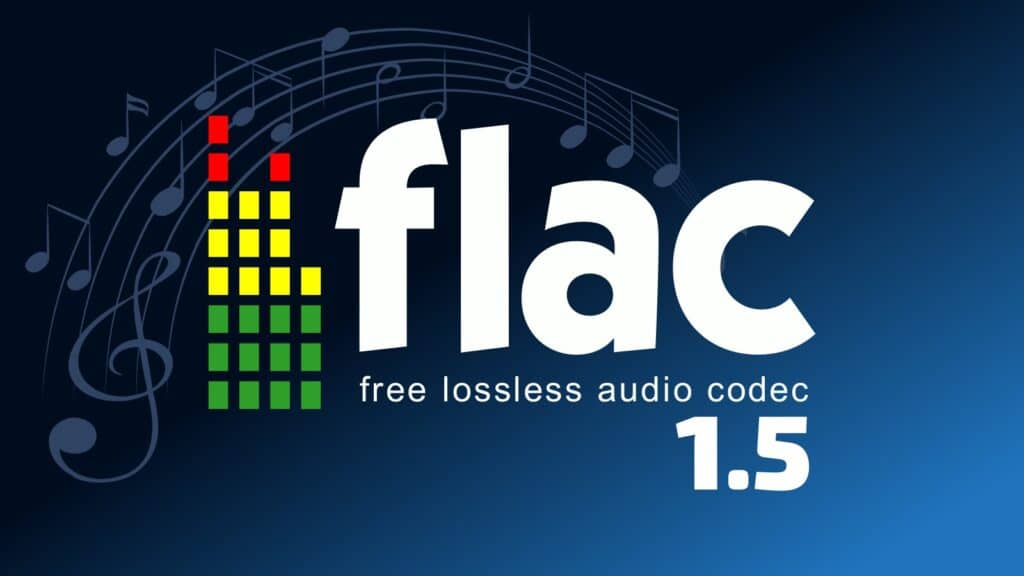I’m sure audio geeks will welcome this news with enthusiasm as FLAC 1.5 has just been released (with the previous 1.4.3 version rolled out over a year and a half ago), bringing several enhancements that users have been waiting for.
Before that, here’s a quick explanation for anyone who might not be familiar with this – FLAC (Free Lossless Audio Codec) is a type of audio file format that keeps music and sounds in high quality without losing any details. Unlike MP3, which compresses audio by removing some data, FLAC keeps everything intact while still reducing the file size.
As you can expect, this makes it perfect for people who want top-notch sound quality, like audiophiles or musicians. Plus, FLAC files can be played on many devices and converted to other formats if needed. Now, back to the topic.
First and foremost, this latest update makes the FLAC encoder fully multithreaded, which should result in more efficient and faster conversions, especially on modern CPUs. Moreover, the decoder can now handle chained Ogg FLAC files—a feature likely to simplify workflows for users dealing with large collections or streaming applications.
Another exciting improvement is that one can write metadata to a new file rather than having to overwrite existing data, which can be very handy when preserving originals for archival or testing purposes.
Furthermore, the command-line tool has undergone a series of refinements. For instance, testing mode (accessed with flac -t) now scans all metadata blocks, issuing a heads-up if ID3v1 metadata is spotted. In addition, if you re-encode a FLAC file from another FLAC, there’s an added check to ensure the MD5 sums match, giving users peace of mind regarding data integrity.
On the build and testing fronts, FLAC 1.5 addresses several platform-specific concerns, such as improved building compatibility on older Android API levels and enhanced fuzzing methods for more thorough validation. And lastly, thanks to emscripten support, it is now easier to compile FLAC for web-based environments.
For a more deep view of all novelties, see the changelog.
